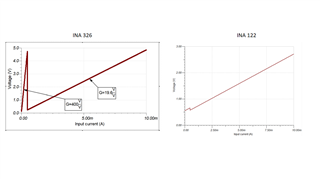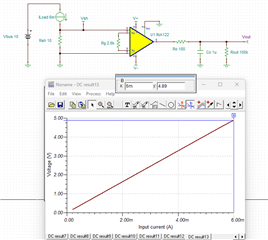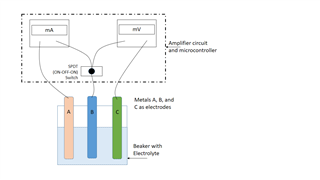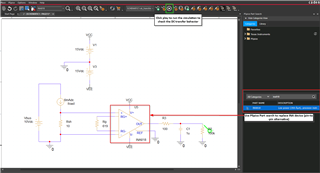Other Parts Discussed in Thread: INA326, , INA114, INA500, PSPICE-FOR-TI, INA121, INA118, INA128, TL7660
Tool/software:
Hello
I am trying to figure out a way to measure current from an electrolytic cell. The potential difference (as measured by the voltmeter) between its electrodes ranges from 300mV to 700mV. If the currents are measured using a shunt resistor of 2.5 ohms, they are in the range of 0.2mA to 5mA. I would like to design a circuit for measuring these currents. I was planning to use INA326 based current sensing.
But due to the INA326 unavailability, I was considering to use INA122 as an alternative as stated in the page no.12 in the modifications section of the reference design document. Unfortunately, I am unable to get the results similar to those obtained for INA326. Please let me know, what changes should I make to the design to get similar DC characteristics. Also, I would like to know if there are any other circuits that I can use instead for my application.
Thank you.






